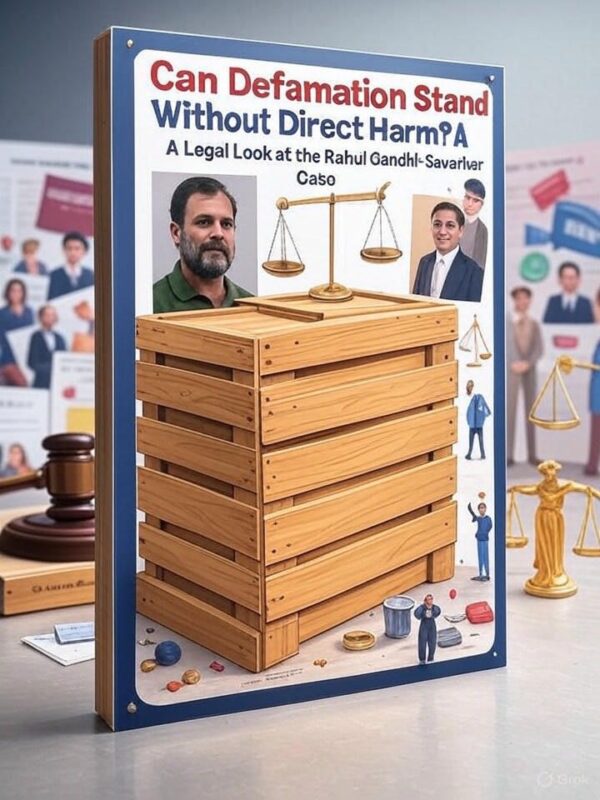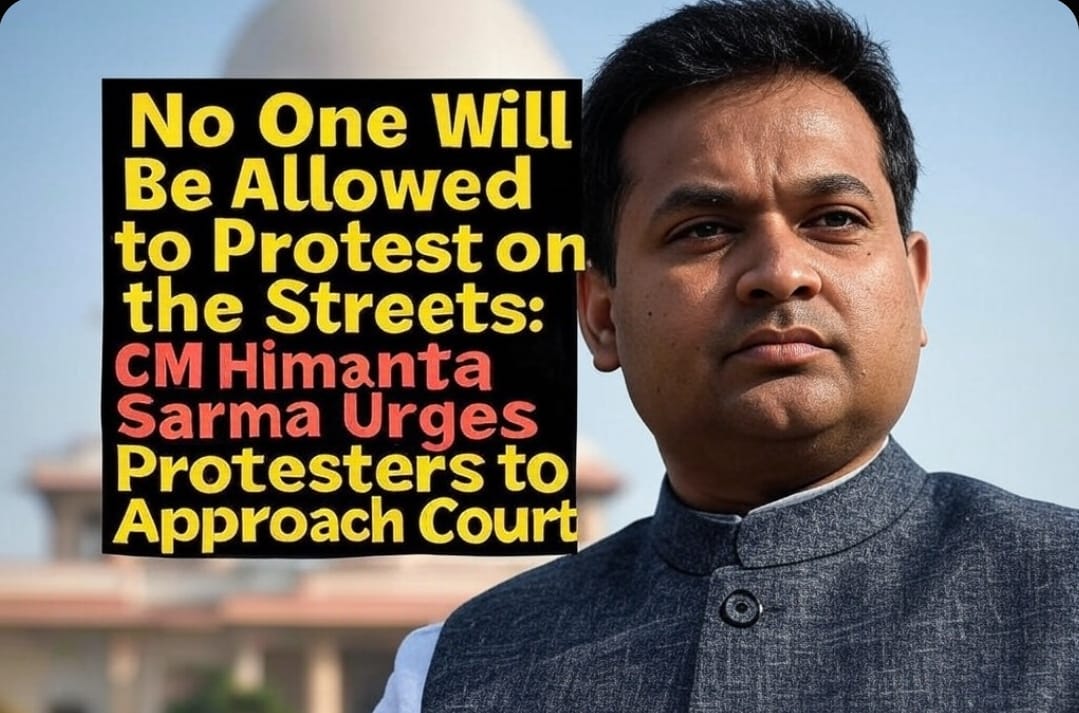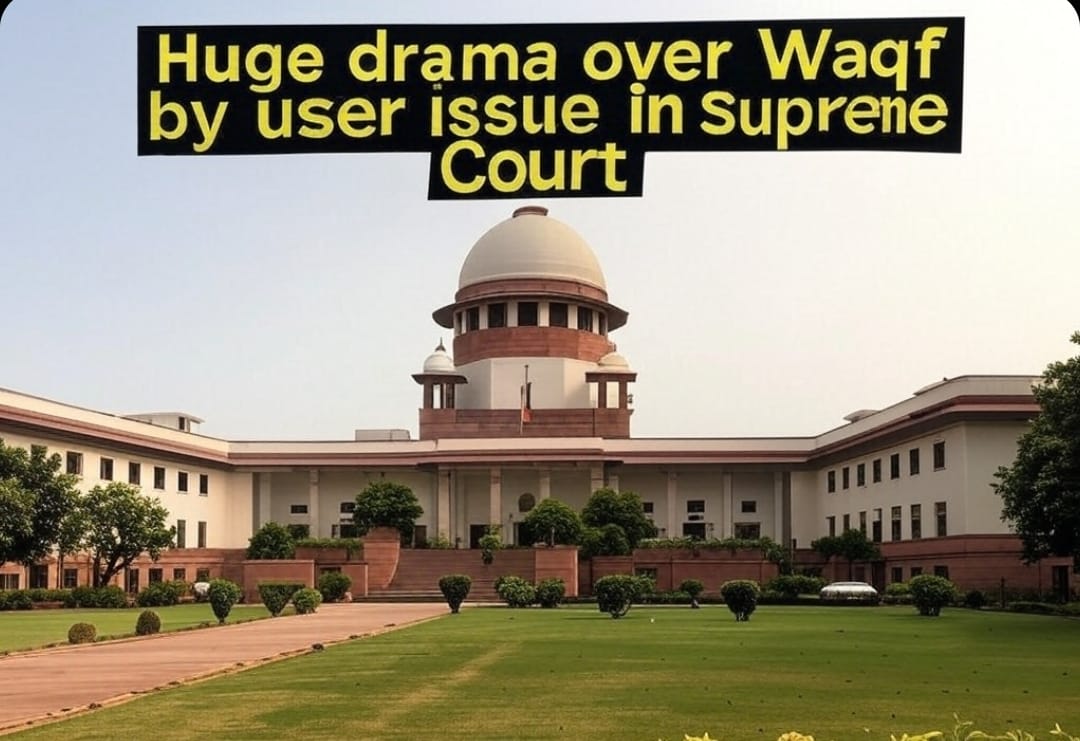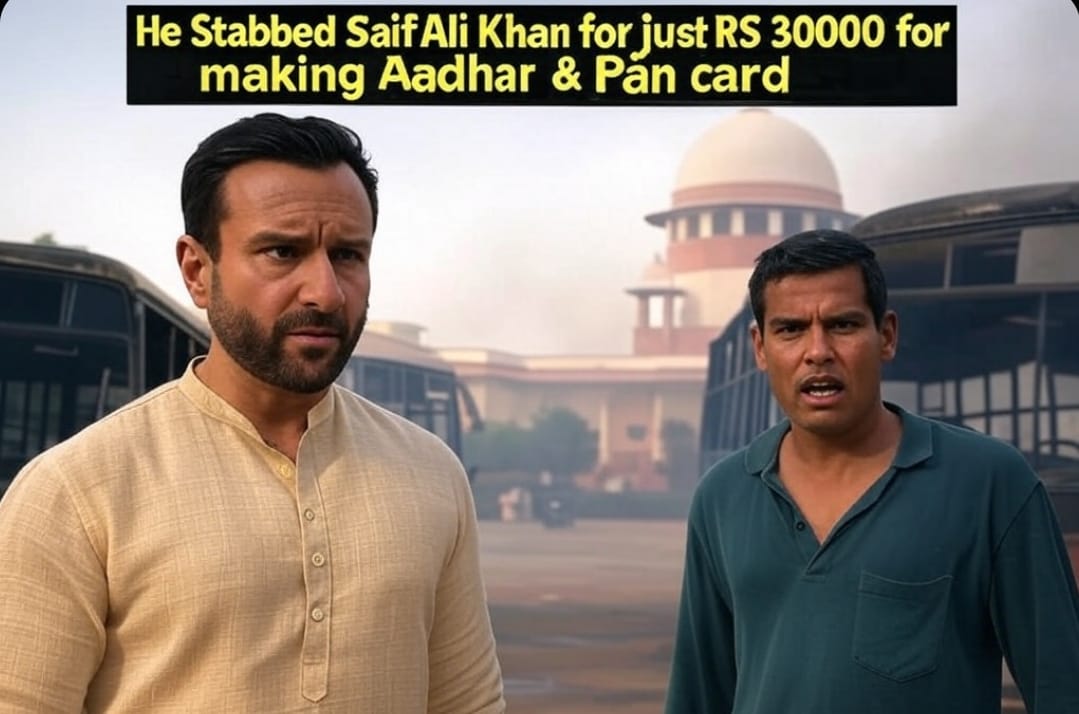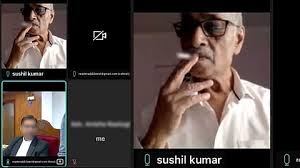Introduction
In a massive ruling that underscores the significance of personal freedom in cases involving religious sentiments, the Bombay High Court has dismissed a criminal grievance in against singer Kailash Kher. The case, which have been pending due to the fact 2014, alleged that Kher’s track ‘Babam Bam’ angry religious sentiments through its portrayal inside the tune video.
The controversy surrounding the music highlights the ongoing debate approximately the intersection of creative expression and religious sensitivities in India. While the complainant argued that the track’s visuals had been offensive to Hindu ideals, the High Court found no evidence of planned intent to hurt spiritual sentiments. The verdict serves as a reminder of the legal safeguards furnished under Indian regulation to shield creative freedom whilst making sure that malicious cause is a important detail in such instances.
Background of the Case
The case against Kailash Kher beginned from a grievance filed by means of Narinder Makkar in Ludhiana, Punjab. The complainant alleged that the video of ‘Babam Bam’ contained scenes of younger individuals dressed in revealing dress, accomplishing dance and intimate acts. According to the complaint, this depiction turned into disrespectful to Hindu religious beliefs, because the song used the name of Lord Shiva and included religious elements inside an allegedly inappropriate context.
The complaint led to the issuance of a bailable warrant in against Kher in 2014, below Section 295 IPC( Now Section 298 BNS). This section penalizes “planned and malicious acts, supposed to outrage religious emotions.” However, the case remained ignored for several years earlier than eventually reaching the Bombay High Court for adjudication.
Legal Analysis and the Bombay High Court’s Observations
A department bench of Justices Bharati Dangre and Shyam Chandak tested the case and in the long run ruled in favor of Kailash Kher. The judgment was wholly based on numerous key legal
concepts, specifically the interpretation of Section 295A of the IPC.
Absence of Malicious Intent
The High Court emphasised that for an offense below Section 295A to be installed, there have to be clear proof of deliberate and malicious purpose to insult religious beliefs. The court determined that:
Mere Displeasure is Not Enough: Not each act that a few people discover offensive qualifies as an act that “outrages non secular emotions.” There should be a willful intention to hurt religious sentiments, which turned into absent in this situation.
Kailash Kher Was Not the Producer or Director:
The court mentioned that Kher became only the singer of the song and changed into neither worried in the composing nor the path of the song video. This distinction became crucial in determining that he did not play an immediate role inside the creative elements of the video that allegedly indignant the complainant.
Freedom of Artistic Expression:
The court reiterated that India’s legal framework upholds freedom of expression and creativity. Artistic works can’t be criminalized merely because a phase of society unearths them objectionable.
Citing Judicial Precedents
In its reasoning, the High Court referenced previous rulings on freedom of speech and inventive expression. The bench noted constitutional ideas and beyond judgments in which the judiciary had covered creative freedom unless there was clear proof of malicious cause.
One of the vital references made turned into to legal pupil A.G. Noorani, who wrote:
“Intolerance of dissent from the orthodoxy of the day has been the bane of Indian society for hundreds of years. But it is exactly inside the geared up reputation of the right to dissent as wonderful from its mere tolerance, that a unfastened society distinguishes itself.”
This statement highlighted the importance of allowing various artistic expressions without needless litigation harassment.
Dismissal of the Case
Given the dearth of evidence against Kher, the Bombay High Court quashed the bailable warrant and dismissed the criminal grievance. The court made it clear that accommodations criminal instances based on subjective interpretations of offense may want to lead to the suppression of innovative expression, which could be damaging to a democratic society.
The Larger Debate: Artistic Freedom vs. Religious Sensitivities
The case against Kailash Kher is not an isolated incident. Over the years, several artists, filmmakers, writers, and musicians have confronted legal battles over allegations of wounding religious sentiments. This increases crucial questions:
1. Where Should the Line Be Drawn?
While freedom of expression is covered underneath Article 19(1)(a) of the Indian Constitution, it’s also concern to affordable restrictions, such as those associated with retaining public order and morality. However, the assignment lies in defining what constitutes a “affordable restrict” and making sure that laws aren’t misused to stifle creativity.
2. The Burden of Proving Malicious Intent
As the Bombay High Court mentioned, mere offense or displeasure does no longer justify criminal prosecution. The onus have to be at the complainant to establish a planned purpose to damage spiritual ideals. This principle is vital to save you frivolous litigation moves against artists.
3. Judicial Intervention in Protecting Artists
Courts in India have played a good sized position in safeguarding creative freedom. For instance, in past cases related to filmmakers and writers, courts have intervened to quash proceedings that lacked important prison advantage. The judgment in Kher’s case adds to this developing frame of jurisprudence that upholds the right to creative expression.
Impact of the Verdict
The Bombay High Court’s ruling units an vital precedent for future instances involving allegations of wounding religious sentiments. It reinforces the subsequent concepts:
Legal Protection for Artists:
The judgment clarifies that artists cannot be held criminally dependable until there is clean proof of purpose to insult spiritual beliefs.
Judicial Oversight Over Frivolous Cases:
Courts ought to carefully examine complaints below Section 295A to prevent misuse of the legal machine for private or political agendas.
Encouragement for Free Expression:
The verdict reassures the creative network that the judiciary recognizes the significance of innovative freedom and will guard it from unwarranted legal movement.
Conclusion
The dismissal of the criminal case towards Kailash Kher is a landmark ruling that reaffirms the fundamental right to artistic expression.
About Author

Varsha Arote, A socially conscious and driven law student from Nashik,Maharashtra, aspires to practice at the honourable supreme court and have a deep interest in both the civil and criminal matters. Additionally varsha arote, has a deep passion for legal research and legal writing.
References :
1.https://lawchakra.in/high-court/bombay-high-court-kailash-kher/


